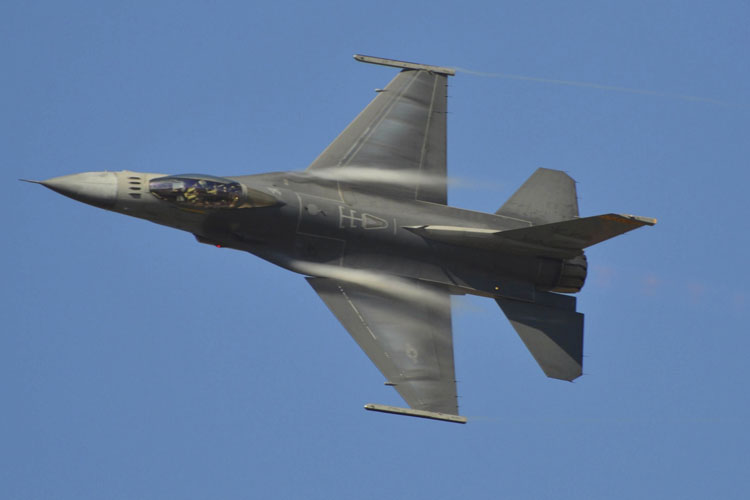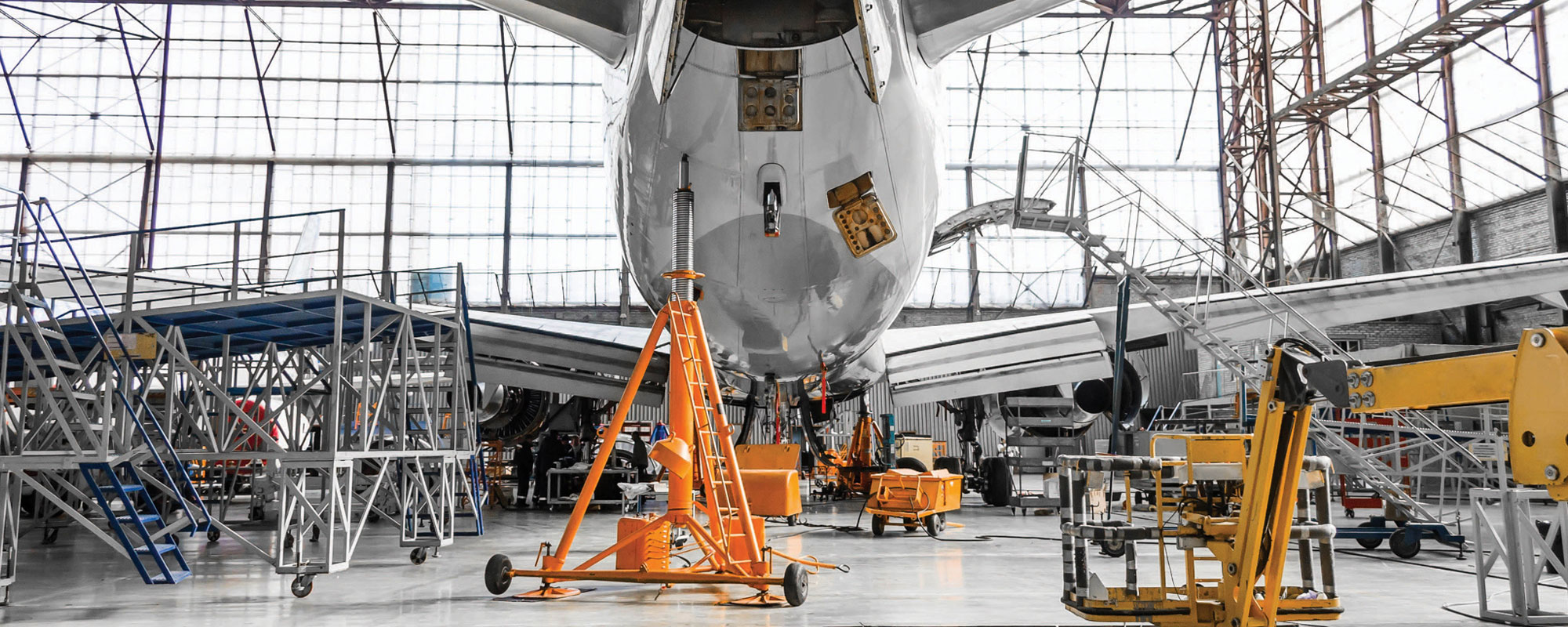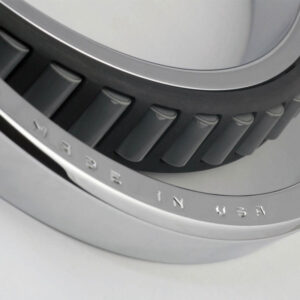Innovation
Ceramic Hybrid Bearings: Advancing Air Travel
With more than a century of innovation in aerospace, Timken has enabled many aviation firsts — from the invention of helicopters to the first moon and Mars landings. Today, Timken engineers apply their specialized knowledge in friction management, power transmission and metallurgy to maximize reliability in applications like aerial firefighting and civilian aircraft engines.
Now, aircraft designers are pushing the boundaries of what’s possible to optimize performance and achieve next-level efficiency. Timken capabilities in engineering and manufacturing hybrid cylindrical and tapered roller bearings will optimize airplane and rotorcraft performance for a new era of flight.
“For more than 120 years we’ve collected knowledge of friction, wear, lubrication and bearing design in the context of steel material. It translates well to understanding the properties of silicon nitride — and how we can successfully design and manufacture with both.”
John Lowry
Chief Aerospace Engineer
Hybrid aerospace bearings: crucial to increased efficiency
Driven by the desire to conserve energy, costs and the environment, aerospace customers want to extract every bit of efficiency possible from each aircraft system and component. Timken aerospace bearings made of steel are already very efficient. To achieve future efficiency gains, engineers are expanding the range of hybrid bearing types available to service the market.
‘Hybrid’ bearings are so-named because they combine steel rings and ceramic rolling elements, whereas more conventional bearings use steel for both. The silicon-nitride of the ceramic rollers is “bearing grade” — the highest quality available.
“Silicon nitride is almost twice as hard as bearing steel and has additional properties that make it lighter, stronger and better able to perform at higher speeds,” says John Lowry, chief engineer for aerospace. “It’s a ceramic that stands up to really aggressive conditions and performs well in rolling contact bearings.”
Experimentation with ceramic rolling elements for aerospace bearings dates back several decades, with NASA space shuttle engines using them in the early 1990s. As the race to develop optimized solutions accelerates, a broader range of hybrid bearing types are emerging to increase efficiency in aircraft engines, generators and starters and rotorcraft gearboxes.
Timken engineers recently worked closely with defense aircraft builders to develop hybrid roller bearings for several applications, including the development of an aircraft turbine engine designed to be significantly more powerful and efficient than existing low-bypass turbofans.
Timken tribology specialists played an important role in R&D, testing the strength of ceramic rollers against a variety of steel grades typically used to make roller-adjacent bearing components. How the materials interact directly impacts performance.

The Timken difference: proprietary manufacturing processes
“For more than 120 years we’ve collected knowledge of friction, wear, lubrication and bearing design in the context of steel material,” Lowry notes. “It translates well to understanding the properties of silicon nitride — and how we can successfully design and manufacture with both.”
Melissa Kerney, aerospace program manager, says that the silicon nitride used is the highest available grade and processed to very high standards.
“Differentiation to achieve an aerospace-grade product occurs in two stages, both of them in manufacturing,” she says.
First, a near-net shape ‘blank’ roller is formed using the silicon nitride powder. The powder formula determines how the material will withstand being formed into ‘blanks’ that ultimately become ceramic rollers.
Second, Timken finishes those blanks in-house to precise requirements using proprietary grinding and superfinishing processes.
“It’s very challenging,” Kerney says. “Silicon nitride is much stronger than steel and requires a completely different approach to finishing, gauging and inspection. We take what we know about material science and combine it with our manufacturing and tooling expertise. The result is extremely durable, reliable bearings that meet industry inspection requirements.”
With hybrid roller bearing engineering and manufacturing fully developed, Timken has invested in manufacturing capabilities to produce one of the industry’s most complete line of tapered and cylindrical bearings featuring silicon nitride rollers. Timken intends to start full production to support aerospace customers by 2023.
Why aerospace, and why now? Kerney says: “it’s the toughest application in need of hybrid solutions, and where hybrid offers the greatest value proposition.”
Timken engineers are using ceramics to improve bearing performance in many essential industries. Learn how a special wear-resistant coating featuring tiny ceramic particles improves efficiency in wind turbines and agricultural equipment.
Last Updated: 2023/06/21
Published: 2022/05/2

